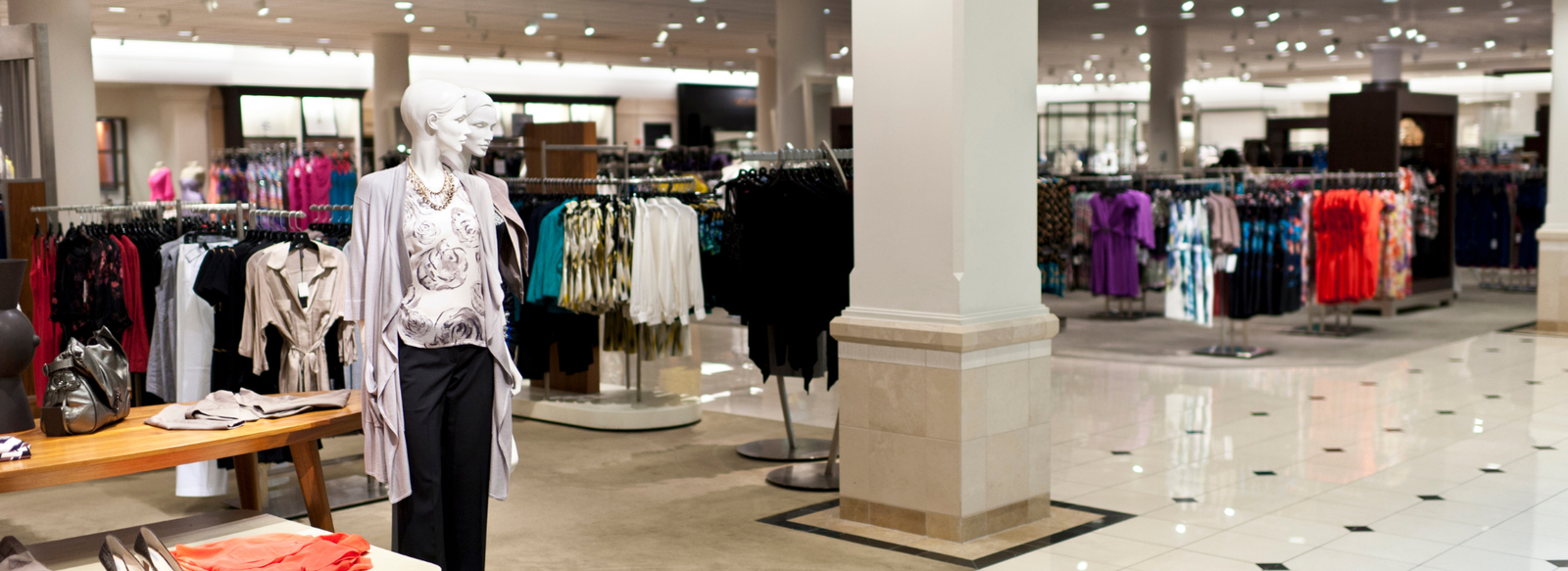In a world dominated by fast-changing fashion trends, one segment of the industry continues to thrive on its rich heritage, timeless beauty, and cultural pride—ethnic boutique fashion. Whether it’s a handwoven saree, an intricately embroidered lehenga, or a fusion kurti with a contemporary cut, boutique ethnic wear bridges the gap between tradition and modernity.
For fashion lovers who value authenticity, uniqueness, and artistic craftsmanship, ethnic boutiques offer more than just garments—they offer stories. In this blog, we explore what makes ethnic boutique fashion so special, how it’s evolving, and why it continues to captivate fashion-conscious individuals across generations.
What is Ethnic Boutique Fashion?
Ethnic boutique fashion refers to handpicked or custom-designed ethnic wear that blends traditional Indian attire with modern design sensibilities. These are not your average mass-produced outfits. Boutique ethnic wear is curated with care, often using traditional textiles, regional embroidery, and artisan techniques.
Boutiques specialize in:
- Sarees (silk, handloom, Banarasi, chiffon, etc.)
- Salwar suits and churidars
- Lehengas and ghagras
- Kurtis and tunics
- Indo-western and fusion wear
- Traditional jewelry and accessories
Each piece is a reflection of culture, craftsmanship, and creativity, making ethnic boutique fashion a wardrobe essential for weddings, festivals, formal events, and even daily wear.
The Boutique Advantage: Why Choose Ethnic Boutique Fashion?
1. One-of-a-Kind Designs
Unlike mainstream brands, ethnic boutiques often work with limited-edition collections. Whether it’s a saree with hand-done zardozi work or a kurti with block prints from Rajasthan, every item has its own charm and character.
This exclusivity ensures you stand out with a unique style that can’t be replicated by fast fashion.
2. Artisanal Craftsmanship
Many boutiques collaborate directly with weavers, embroiderers, and handloom artists across India. This not only helps preserve dying art forms but also ensures that every garment is crafted with care, attention, and cultural value.
From Kutch mirror work to Chikankari from Lucknow to Ajrakh prints from Gujarat, ethnic boutiques celebrate Indian craftsmanship in its purest form.
3. Customization and Personal Touch
Boutique fashion often includes made-to-measure services, where garments are tailored to your exact size, preference, and occasion. You can select fabrics, alter necklines, add sleeves, or request embellishments.
This level of customization makes every outfit feel personal and special—especially for brides, wedding guests, or anyone looking to make a statement.
4. Sustainability and Slow Fashion
Ethnic boutiques support sustainable fashion by working with local artisans, using organic dyes, and avoiding overproduction. Boutique fashion encourages consumers to buy less, but buy better.
Each purchase supports fair trade, reduces carbon footprint, and helps revive India’s traditional textile economy.
5. Timeless Appeal
Ethnic fashion isn’t governed by fleeting trends. A silk saree or intricately embroidered dupatta never goes out of style. Boutique pieces are often passed down across generations, making them fashion investments rather than seasonal buys.
How Ethnic Boutiques Are Evolving
While rooted in tradition, ethnic boutique fashion is continuously evolving to meet the needs of modern shoppers.
✨ Fusion Fashion on the Rise
Modern ethnic boutiques are mixing traditional fabrics with Western cuts—think a Banarasi crop top with palazzo pants or an Anarkali-inspired gown. These fusion outfits are perfect for parties, office wear, or festive celebrations.
📱 Online Ethnic Boutiques
With the rise of e-commerce, many ethnic boutiques are now selling online via websites, Instagram stores, or shopping apps. This allows shoppers from anywhere in the world to access handcrafted Indian wear.
Virtual styling sessions, WhatsApp orders, and Instagram reels have made boutique shopping easier and trendier than ever.
👗 Inclusive Sizing and Styles
Modern ethnic boutiques cater to all sizes, ages, and occasions—from plus-size kurtis and maternity sarees to kids’ lehengas and minimalist men’s kurtas.
Choosing the Right Ethnic Boutique: What to Look For
If you’re planning to shop from an ethnic boutique—online or offline—here are a few things to keep in mind:
✅ Quality of Fabrics
Make sure the boutique uses authentic, durable materials like pure silk, handloom cotton, georgette, or chiffon—not polyester blends that mimic traditional fabrics.
✅ Craftsmanship & Detailing
Inspect embroidery quality, finishing, and stitching. Boutique fashion is known for its attention to detail—no loose threads or sloppy work.
✅ Customization Options
A good boutique will help you modify or personalize your outfit to suit your preferences—be it fit, color, neckline, or embellishments.
✅ Customer Reviews
Check for testimonials, Instagram tags, or online reviews. A trusted boutique will have repeat customers and a positive reputation.
✅ Transparent Pricing
Boutique fashion can be premium, but it should be value for money. Ask about fabric origin, artisan work, and stitching details if the price seems high.
Must-Have Ethnic Boutique Pieces for Your Wardrobe
Not sure where to start? Here are a few classic and trending items every ethnic wardrobe should have:
1. Handloom Saree
Perfect for both casual and formal occasions, handloom sarees (like Chanderi, Tussar, or Kanjivaram) are breathable, elegant, and timeless.
2. Indo-Western Kurti
A fusion kurti pairs well with jeans, skirts, or trousers—ideal for office wear or casual outings.
3. Statement Dupatta
Add flair to any plain suit with a bold dupatta—Phulkari, Banarasi, or Bandhani styles are always in trend.
4. Festive Lehenga Set
For weddings, Diwali, or Navratri, a boutique lehenga stands out with personalized colors, intricate work, and perfect fit.
5. Ethnic Accessories
Complete your look with handcrafted jewelry, potli bags, embroidered juttis, or silver anklets—all often found in boutique collections.
Boutique Fashion for Special Occasions
Ethnic boutiques are especially popular during the festive and wedding seasons. Here’s how they shine during different events:
💍 Weddings
From bridal lehengas to bridesmaid sarees, boutique outfits allow you to coordinate themes, pick unique colors, and add personalized embroidery.
🎉 Festivals
For Diwali, Rakhi, Eid, or Navratri—boutique fashion lets you shine in elegant, vibrant pieces without compromising comfort.
🧵 Gifting
Looking for unique gifts? Ethnic boutiques often offer curated gift boxes with stoles, jewelry, handwoven scarves, or customized outfits.
How to Style Ethnic Boutique Outfits
Here are a few styling tips to make the most of your boutique wardrobe:
- Mix & Match: Pair a boutique kurti with palazzos or jeans for a modern twist.
- Layer Up: Add a jacket, cape, or long shrug to ethnic wear for added drama.
- Minimal Jewelry: Let your boutique outfit stand out by keeping accessories light.
- Footwear Focus: Juttis, kolhapuris, or embroidered heels can elevate your entire look.
- Hair & Makeup: Keep it elegant with a soft bun, kajal, and a statement bindi or bold lipstick.
Final Thoughts
Ethnic boutique fashion is not just about clothing—it’s about embracing heritage, supporting local artisans, and celebrating individuality. It’s where timeless Indian traditions meet modern fashion sensibilities. Whether you’re dressing for a festival, a wedding, or a casual day out, ethnic boutiques offer a world of style, culture, and craftsmanship.
So the next time you’re looking for something special, skip the chain stores and explore your local ethnic boutique or favorite online boutique. You’ll walk away not just with an outfit—but with a piece of tradition stitched with passion.






